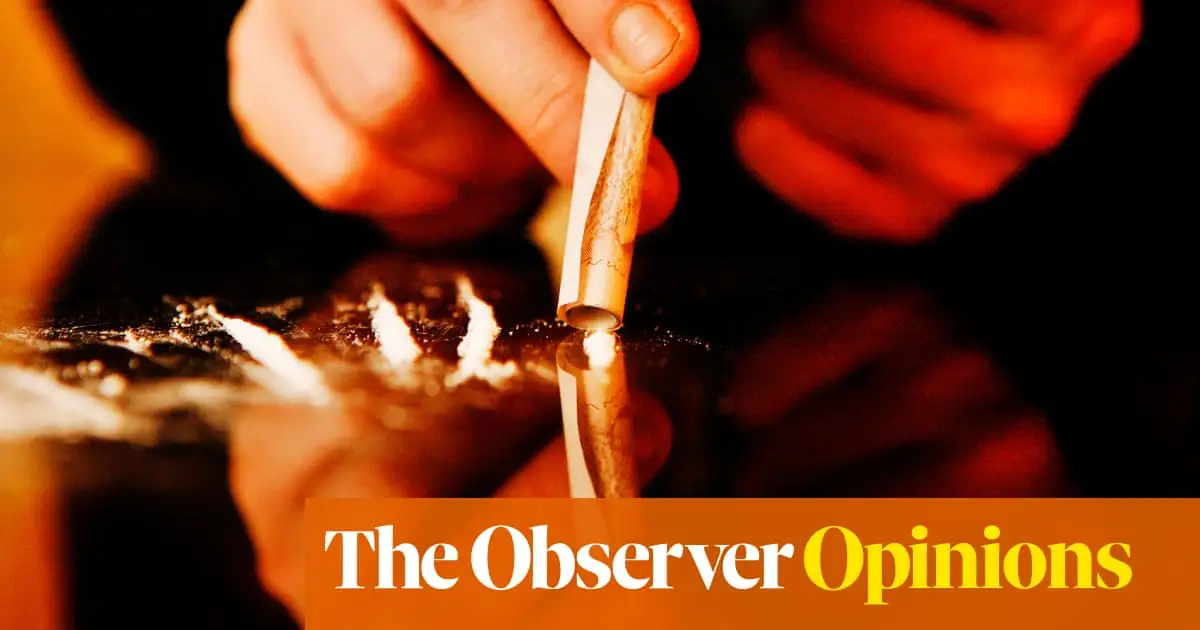Compared with the screaming scare campaigns of the 1990s, anti-drugs messaging is thin on the ground these days. So the casual observer may not realise that Britain has, quietly but surely, lost its “war on drugs”. Amid a steep rise in drug poisonings, a particularly striking statistic emerged last week. Between 2022 and 2023, cocaine-related deaths in England and Wales soared by 30%. The figure is now around 10 times higher than in 2011.
…
What is going on? One culprit is a precipitous rise in purity, which makes it easier to overdose by accident. Once cocaine was sold in a two-tier market: the cheap, heavily adulterated stuff, and the expensive, purer cocaine consumed by models, city traders and members of the Bullingdon Club. Now, according to the latest United Nations Office on Drugs and Crime report, cocaine in Europe has on average a purity of over 60%, compared with 35% in 2009. Today, even street cocaine rivals the top-end stuff of the 1980s.
This may in part be the unintended consequence of government crackdowns on cutting agents such as benzocaine, a dental anaesthetic. But the result is a drug that is often far stronger than users are expecting. This could be particularly true of generation X – now accumulating health issues – which came of age at a time of much milder cocaine: the highest rate of recent deaths in England and Wales is among men aged 40 to 49.
…
It also means cocaine is more often mixed with other drugs, rather than consumed reverently, by itself, as a treat. This ramps up the danger. It is now so cheap and prevalent that drinkers use it to temper the effects of alcohol, in order to drink more. And to fill the gap left in the higher end of the market, there are complicated cocktails. Liam Payne, who died this month, had “pink cocaine” in his system: a drug that typically includes methamphetamine, ketamine, MDMA and crack cocaine. According to Harry Sumnall, a professor in substance use at Liverpool John Moores University, about 20% of the recently recorded cocaine deaths were in association with alcohol, and a third involved other drugs.



Ah now it all makes sense.
Thames water has been underfunding infer structure. To reduce the purity of cocaine, London eels are subjected to.
It’s not about coked up profiteering scumbags refusing to invest. It’s someone thinking of the eels.